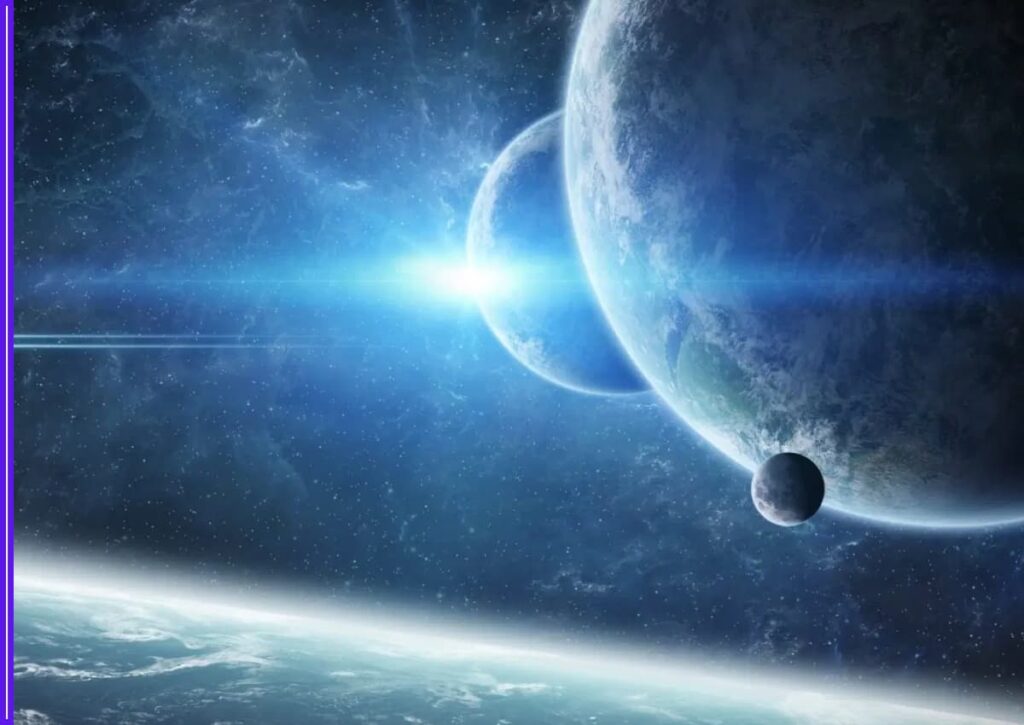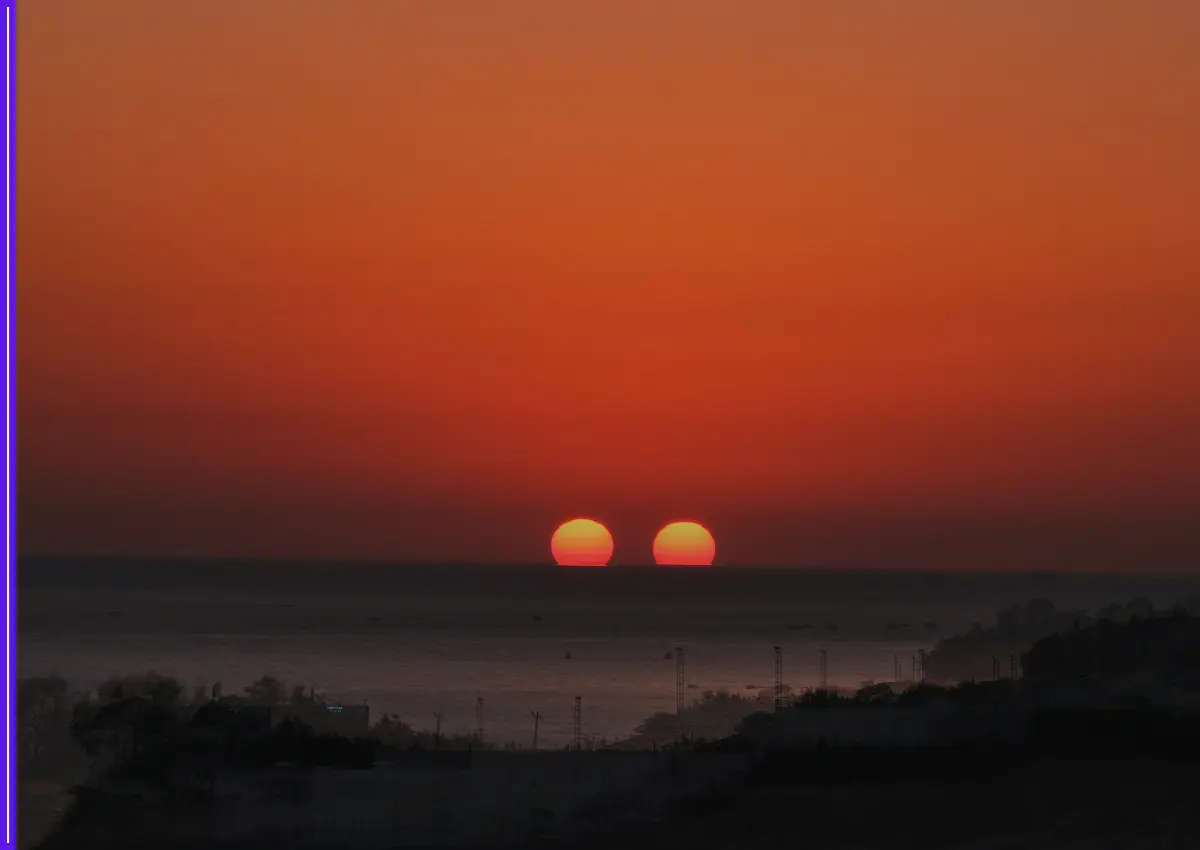A group of international astronomers has discovered a new super-Earth that could change the way we understand planet formation and the presence of water in distant worlds. The exoplanet, named TOI-1846 b, is located around 154 light-years away and orbits a red dwarf star. What makes this discovery so significant is that the planet appears to be water-rich, with characteristics suggesting that water may make up a large portion of its structure.

The planet was initially spotted by NASA’s Transiting Exoplanet Survey Satellite (TESS), which tracks slight dips in starlight caused when a planet crosses in front of its host star. After the initial detection, researchers followed up with detailed observations using ground-based telescopes and high-resolution spectroscopy, confirming not only the planet’s existence but also estimating its size, mass, and density.
TOI-1846 b falls into a unique category. It’s about 1.79 times the radius of Earth and roughly 4.4 times Earth’s mass. Its density, however, is much lower than what would be expected from a purely rocky planet, suggesting the presence of a significant amount of water or other volatiles. Researchers believe this low density places the planet into the rare class of water-rich super-Earths, a kind of world not seen in our own solar system but becoming more common in exoplanet discoveries.
The exoplanet orbits extremely close to its host star—completing one full orbit in just 3.93 days. As a result, it experiences surface temperatures around 295 degrees Celsius (568 K). While this makes the surface inhospitable for life as we know it, the internal structure and chemical composition could still offer clues about planetary evolution and atmospheric development.
What truly stands out is that TOI-1846 b lies in a region known as the “radius valley” — a size range between rocky Earth-like planets and gas-rich mini-Neptunes. Planets in this radius valley are of great interest to scientists because they can help explain the physical mechanisms behind planetary atmospheres: why some retain thick gas envelopes, while others lose them. TOI-1846 b appears to fall into this transition zone but with enough water or light volatiles to maintain its low density.
The host star, TOI-1846, is a cool M-dwarf, smaller and dimmer than our Sun. Interestingly, it’s estimated to be around 7.2 billion years old, making the planet older than Earth by nearly 2.7 billion years. This long lifespan suggests the planetary system has had ample time to settle, evolve, and possibly develop complex chemistry—although surface conditions on TOI-1846 b are still far from known.
Despite the planet’s heat and high-pressure environment, the findings suggest it could have deep reservoirs of water, not in the form of oceans, but as supercritical fluids or high-pressure ices, shielded under a thick atmosphere. That makes TOI-1846 b a candidate for the class of worlds known as Hycean planets—a recently proposed group of planets with hydrogen-rich atmospheres and vast water layers that may have exotic chemistry.
While TOI-1846 b is likely not habitable, scientists believe it could be a prime target for future atmospheric studies. Using techniques like transmission spectroscopy, astronomers can analyze starlight that passes through a planet’s atmosphere to identify molecules such as water vapor, methane, or carbon dioxide. Currently, the planet’s Transmission Spectroscopy Metric (TSM) score is around 47, slightly below the preferred threshold of 90 for optimal targets, but still sufficient to merit close study with next-generation instruments like MAROON-X and possibly the James Webb Space Telescope.
This discovery is part of a growing trend. In recent years, planets like Kepler-138 c and d, LHS 1140 b, and TOI-1231 b have all displayed traits of being water-rich or low-density worlds. These planets blur the lines between gas giants and rocky terrestrials, providing scientists with new data on how planets form and evolve in different star systems.
The case of TOI-1846 b is particularly valuable because its mass and radius are both well-constrained, which means scientists have a better shot at modeling its internal composition. Depending on how much hydrogen and helium is in its outer atmosphere, TOI-1846 b could be anywhere from a water-dominated world to a gas-dwarf hybrid, and future observations will help resolve that question.
Astronomers also aim to measure the planet’s radial velocity signal—a wobble in its host star caused by the planet’s gravitational pull—to pin down its mass more precisely. Current models suggest its radial velocity amplitude could be around 2.5 to 5.4 meters per second, within the sensitivity range of today’s best spectrographs.
From a scientific perspective, TOI-1846 b expands our understanding of planetary diversity. Its unique combination of size, orbit, age, and likely water content makes it a kind of planetary puzzle. Why did this world retain so much water? Did it form farther from its star and migrate inward? Or has it always occupied its current orbit, slowly baking under its star’s radiation?
As of now, TOI-1846 b is not a planet where life is expected. However, it represents a key stepping stone in the broader search for potentially habitable environments and Earth-like chemistry beyond our solar system. With continued exploration, TOI-1846 b could help scientists test new theories about how Earth-sized and super-Earth planets grow, retain water, and behave over billions of years.
The discovery also reaffirms the importance of TESS, which has now identified thousands of planetary candidates. Its ability to target bright, nearby stars makes planets like TOI-1846 b ideal for follow-up observation. The more we learn about these systems, the better equipped we are to answer the age-old question: are we alone?









